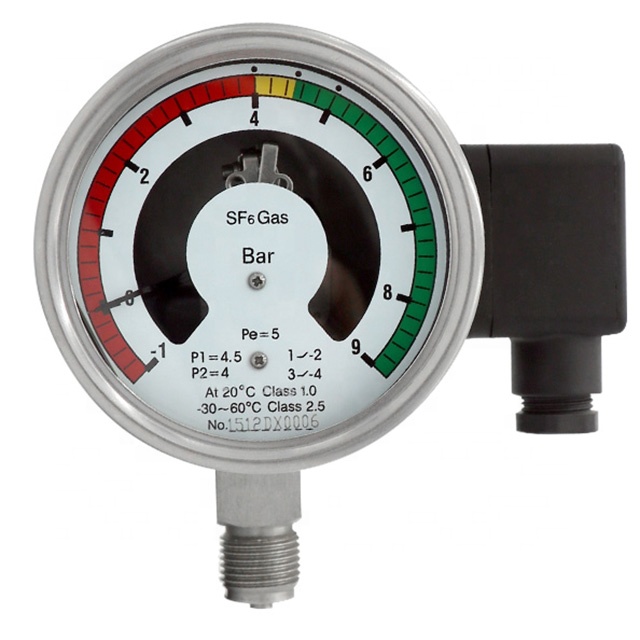A lightning arrester is an electrical device that can release lightning or simultaneously release the operating overvoltage energy of a power system, protect electrical equipment from transient overvoltage hazards, and cut off the freewheeling current so as not to cause a system grounding short circuit. A lightning protection device connected between a conductor and ground, usually in parallel with the protected device. The arrester can effectively protect the power equipment. Once the abnormal voltage occurs, the arrester will play a protective role. When the voltage value is normal, the arrester will quickly return to its original state to ensure the normal power supply of the system. The arrester can be used not only to protect against high atmospheric voltage, but also to protect against high operating voltage.
If there is a thunderstorm, high voltage will appear in the lightning and thunder, and the electrical equipment may be in danger. At this time, the arrester will work to protect the electrical equipment from damage. The biggest and most important function of the arrester is to limit overvoltage to protect electrical equipment. The arrester is a device that makes the lightning current flow into the earth, so that the electrical equipment does not generate high voltage. The main types are tubular arrester, valve arrester and zinc oxide arrester. The main working principle of each type of arrester is different, but their work is essentially the same, all to protect the point equipment from damage.
Arrester installation steps:
1. The installation position of the valve arrester should be as close as possible to the protection equipment. In principle, the closer the electrical distance between the two, the better, so that the protected equipment can be effectively protected. Generally, it should not be greater than 5ma.
2. For the arrester installed on the transformer table, its upper lead (power line) should preferably be connected to the lower end of the drop-out fuse. When the drop fuse is closed, the arrester and the transformer are put into operation at the same time; after the drop fuse is opened, they stop running at the same time, which can make the arrester no longer constantly under the power frequency voltage or operating overvoltage.
3. The arrester must be installed vertically, and the inclination should not be greater than ]50.
4. There should be enough space around the arrester, and the distance between the live part and the adjacent wire or metal frame should not be less than that. .35m, .35 base should not be less than 2.5m to the ground, so as to prevent surrounding objects from interfering with the potential distribution of the arrester and reducing the gap discharge voltage.
5. The upper and lower leads of the arrester should be as short and straight as possible, no joints are allowed in the middle, and the connection should be firm. The length of its joint with the busbar and wire should not be less than 100mm. To prevent loosening. It is best to fasten with spring washers or double nuts. Leads should not be too loose or too tight, and no joints are allowed. The section of copper wire shall not be less than 16mm, and the section of aluminum wire shall not be less than 25mm.
6. The base of the arrester should be well insulated to the ground, and the grounding down-conductor and the metal casing of the protected equipment should be reliably connected, and connected to the general grounding device.

 The principle, types and functions of Density Monitors
The principle, types and functions of Density Monitors